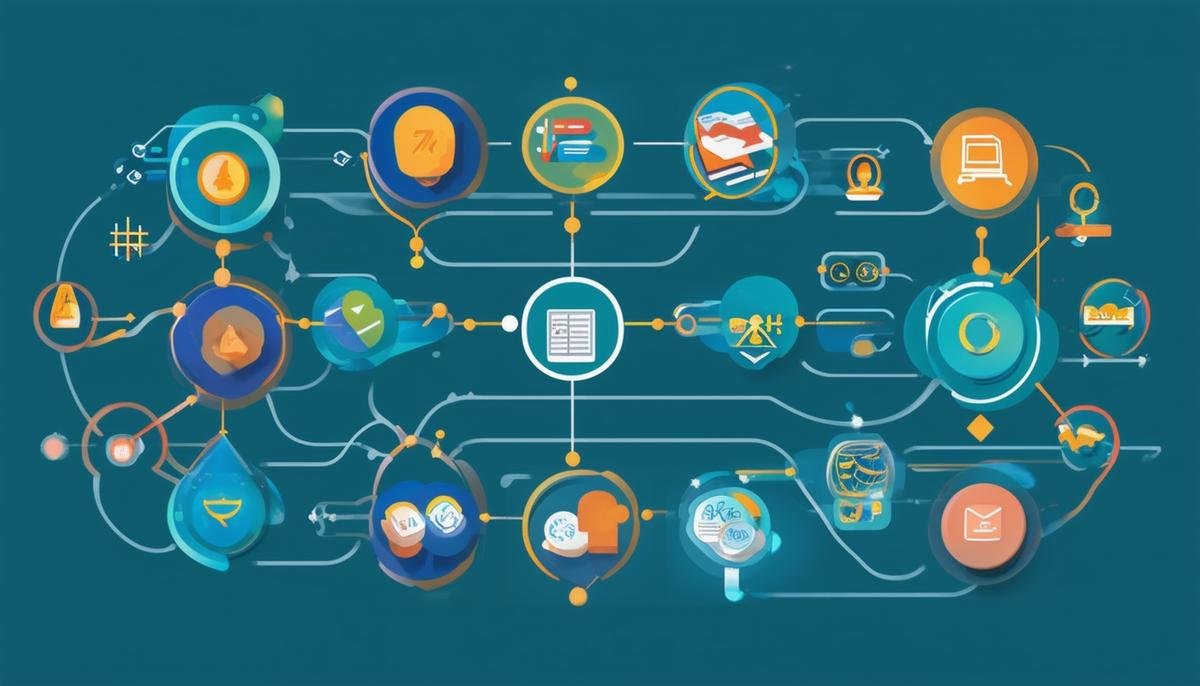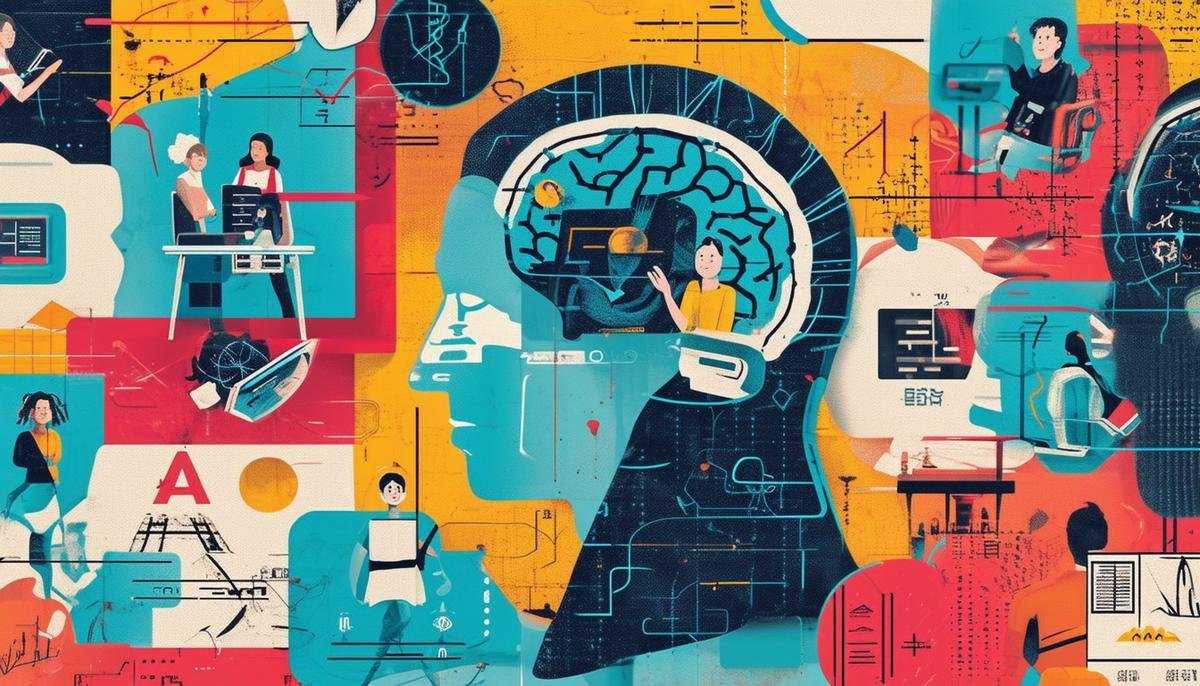Babbel’s integration of AI in language learning is reshaping how we approach acquiring new languages. By leveraging advanced technology, the app offers personalized lessons, real-time speech recognition, and progress tracking to create a more engaging and effective learning experience.
AI Integration in Language Learning
Babbel incorporates AI to enhance language learning through personalized lessons, speech recognition, and progress tracking. The app evaluates user interactions to adjust content, keeping lessons relevant and engaging. AI-based speech tools provide real-time feedback on pronunciation, helping users practice speaking with less pressure. Detailed performance metrics highlight areas for improvement, ensuring efficient study sessions.
The new ‘Everyday Conversations’ feature uses AI to simulate realistic dialogues for practical language practice. By combining these AI-driven features, Babbel aims to create a streamlined and effective language learning journey that adapts to individual needs.
Personalization and Adaptation
Babbel’s personalization goes beyond basic customization by dynamically adapting to learner needs. The app adjusts content to match user interests, making lessons more relevant and enjoyable. Adaptive learning paths ensure the difficulty level remains appropriate, integrating more focused exercises in areas where users struggle.
Real-time feedback is provided through AI-driven speech recognition and suggestions for improving sentence structure and vocabulary. This instant feedback helps reinforce correct language patterns and allows for quick adjustments.
These features cater to various learning styles, whether auditory, visual, or interactive. The combination of customized content, adaptive learning paths, and real-time feedback creates an efficient and engaging learning environment that aims to improve retention and overall language proficiency.

Speech Recognition and Practice
Babbel’s AI-enhanced speech recognition technology provides real-time feedback on pronunciation, allowing for immediate corrections. The system is trained on diverse accents and dialects, ensuring relevant feedback regardless of the user’s background.
The ‘Everyday Conversations’ tool complements speech recognition by simulating practical dialogues in various contexts. This feature offers a safe environment for learners to practice speaking without the pressure of real-world interactions.
The combination of speech recognition and simulated conversations creates a comprehensive learning ecosystem. Users can practice pronunciation, receive instant feedback, and apply their skills in realistic dialogue scenarios. This approach aims to develop natural, fluent speaking styles and overcome common challenges like mispronunciation and language anxiety.

Benefits of AI in Language Learning
AI integration in language learning offers several advantages:
- Increased efficiency through personalized lessons and focused practice
- Reduced language learning anxiety by providing a low-pressure environment
- Enhanced cognitive function, including improved attention and memory1
- Promotion of multilingualism, fostering cross-cultural understanding
- Improved employability in a globalized job market
- Support for lifelong learning through flexible and accessible tools
These benefits contribute to a more effective and inclusive approach to language acquisition, supporting both personal and professional development.

Comparative Analysis with Traditional Methods
Babbel’s AI-enhanced methods offer distinct advantages over traditional language learning approaches, but also have some limitations:
| Advantages | Limitations |
|---|---|
| Personalized and adaptive learning | Less direct human interaction compared to classroom settings |
| Real-time feedback on pronunciation and grammar | Potential challenges in capturing certain language nuances |
| Flexible scheduling and pacing | Dependence on algorithm quality and training data |
Traditional methods excel in providing structured environments and rich face-to-face interactions but often lack personalization and immediate feedback.
Ideally, a blended approach combining the strengths of both AI-enhanced and traditional methods could offer a comprehensive and effective language learning experience.

Babbel’s AI-driven features aim to make language learning more accessible and efficient. By combining personalized lessons, real-time feedback, and practical conversation practice, the app seeks to equip learners with the tools needed to use a new language confidently in real-world situations.
“AI in language learning is not just about efficiency; it’s about creating a more engaging, personalized, and effective learning journey for every individual.”
- Mayer RE. Multimedia Learning. 2nd ed. Cambridge University Press; 2009.




